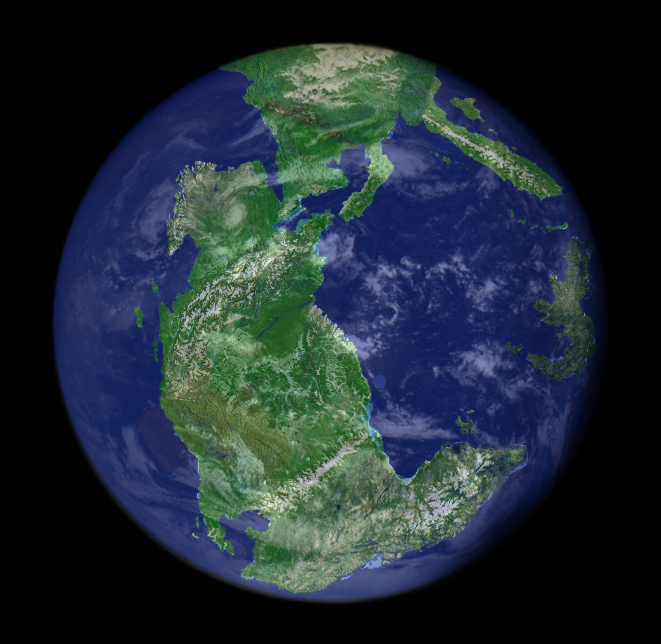Ruth Esther Rodriguez
A CLOSER LOOK AT WHAT SCRIPTURE ACTUALLY SAYS

Skeptics love to throw out challenges about the animals that boarded Noah’s Ark. They ask how a sloth could crawl across continents, how a giant tortoise could lumber such a great distance, or how a flightless bird like the ostrich could possibly make it to the Ark. But these objections crumble the moment we stop trusting human guesses and start paying attention to the biblical record itself.
- GOD HIMSELF BROUGHT THE ANIMALS TO NOAH
Scripture removes the mystery right away. Genesis 6:20 says the animals “shall come in to you.” That means Noah did not need to be a zookeeper, a tracker, or an expert wrangler. He did not need to search for males and females or round up anything. The Creator who made the animals guided them directly to Noah, in exactly the pairs needed to preserve life. The movement was intentional, directed, and providential. God brought them.

- NOAH TOOK ANIMAL KINDS, NOT EVERY MODERN SPECIES
Another misconception is that Noah had to stuff millions of modern species onto the Ark. The Bible does not say that. God sent representatives of each kind of land dwelling, air breathing animal and bird. One pair from every unclean kind. Seven from every clean kind. A kind is a broader category than a species. In many cases a kind lines up with what we would call a family today. Sometimes it may line up slightly above or below that level.
This means Noah only needed a pair from the dog kind, not wolves, coyotes, dingoes, foxes, jackals, and every breed of domesticated dog. In the same way, the cat kind did not require lions, tigers, leopards, jaguars, cheetahs, and every smaller cat. One pair of the original kind was enough. From those kinds came the variety we see today. The Ark was not overloaded. It was organized exactly the way God designed it.

- BEFORE THE FLOOD THE WORLD WAS ONE CONNECTEE LANDMASS
People often imagine today’s world when they picture animals getting to the Ark. Continents separated by wide oceans. Vast climate zones that divide habitats. But the Bible paints a very different picture of the pre flood world. Genesis 1 describes the land gathered together into one place. No scattering of continents. No great oceans dividing creatures. Just one enormous supercontinent.
When the fountains of the great deep burst forth in Genesis 7:11, the earth’s crust ruptured and the modern continents began forming toward the end of the Flood. Before that moment, animals lived on a single connected landmass. They did not need to swim across oceans or survive polar climates or scale frozen mountains. With a warm, tropical to semitropical environment, creatures could live almost anywhere on the supercontinent. That means God likely sent animals from regions close to the Ark’s location, not from thousands of miles away.
Many kinds may have lived only a short journey from where the Ark stood. Walking or flying to Noah would not have required impossible migrations or extreme distances.

THE MAIN POINT
When the biblical details are allowed to speak for themselves, the problem vanishes.
The confusion only arises when people add modern assumptions to an ancient world that did not look like ours.
When we recognize that God Himself brought the animals, that Noah took kinds rather than species, and the pre flood world was one connected landmass, then the question of how animals reached the Ark becomes simple and reasonable. And above all, it reminds us to cling to Scripture, not to human speculation. Colossians 2:8 warns us not to be carried away by man made ideas that stand against the truth of God. The Ark was built for one purpose. To preserve life so that humans and animals could multiply across the earth after the Flood. God accomplished exactly what He promised.


